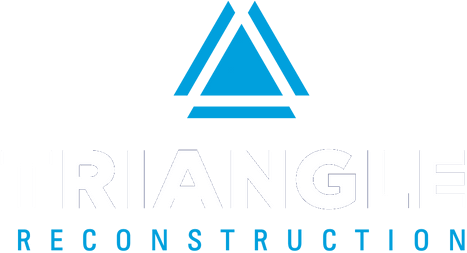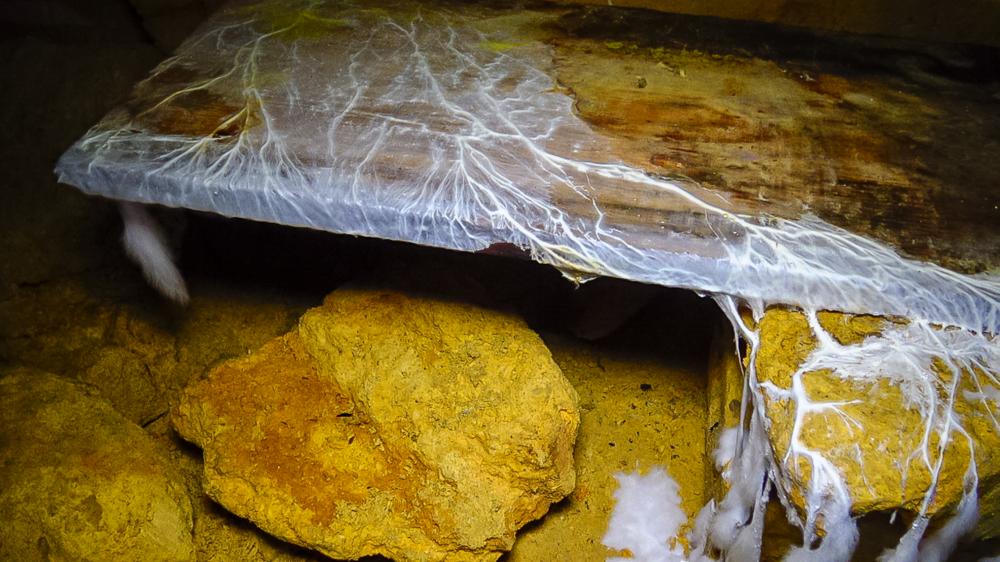Crawl Space Mold Solutions
What Causes Crawl Space Mold?
How to Prevent Crawl Space Mold
What Should You Do If You Find Crawl Space Mold?
What Qualifies as a Crawl Space Mold Emergency?
Lessons from the Field
How much does it cost to get rid of mold in a crawl space?
The cost to remove mold from a crawl space can vary widely, depending on the extent of the infestation and the specific conditions of the area. In Cary, NC, homeowners might expect to pay anywhere from $500 to $4000, with the average typically being around $1,500 to $3,000. The variables include the size of the crawl space, the difficulty of access, the type of mold, and the required remediation techniques. At Triangle Reconstruction, we emphasize the importance of a thorough inspection beforehand to provide an accurate estimate and ensure comprehensive removal. It’s an investment in not just your home’s value but your family’s health.
Should I worry about mold in a crawl space?
Absolutely, mold in a crawl space is a concern that shouldn’t be overlooked. Mold can compromise the air quality in your home, affecting the health of everyone inside, especially those with allergies or asthma. Furthermore, mold can deteriorate the structural components of your house over time. At Triangle Reconstruction, many of our clients are initially unaware of the presence of mold until they notice musty odors or health symptoms. Addressing mold issues promptly is crucial, and we’re here to help guide you through the process and ensure your home’s safety.
Does insurance cover mold in crawl space?
Insurance coverage for mold in crawl spaces varies greatly depending on the policy. Most homeowners’ insurance policies cover mold damage if it’s caused by a covered peril, such as a burst pipe, but they usually do not cover mold resulting from preventable issues like poor maintenance or flood damage. It’s essential to review your policy or talk to your insurance agent to understand what’s covered. At Triangle Reconstruction, we have seen cases where clients successfully navigated claims with proper documentation and professional assessments.
How much does it cost to get moisture out of a crawl space?
The cost to address moisture issues in a crawl space typically ranges from $1,500 to $15,000, depending on the methods employed. Solutions might include installing a vapor barrier, dehumidifiers, or a comprehensive encapsulation system. Triangle Reconstruction specializes in these types of preventive measures, offering tailored solutions to keep your crawl space dry and mold-free. Investing in moisture control is both a preventive strategy against mold and a means to maintain the structural integrity of your home.
What qualifies as a crawl space mold emergency?
A crawl space mold emergency is typically characterized by rapid mold growth that significantly impacts indoor air quality or structural integrity. If you notice a sudden increase in respiratory issues among family members or quickly spreading visible mold, immediate professional intervention is required. At Triangle Reconstruction, we understand the urgency such situations demand and are equipped to provide rapid assessments and remedial actions to protect your home and health. If you suspect a severe mold issue, contacting us promptly can prevent further damage.
What are the best strategies to prevent crawl space mold in Cary, NC?
Preventing crawl space mold in humid areas like Cary, NC involves several proactive strategies. Encapsulation is one of the most effective methods, where we seal the crawl space with a vapor barrier to keep moisture out. Installing a dehumidifier is also crucial to maintain optimal humidity levels, and ensuring proper drainage around your home’s foundation is vital to direct water away. Furthermore, improving ventilation helps keep the air dry and mold-free. Triangle Reconstruction recommends a holistic approach combining these methods for lasting protection.
Resources
- Environmental Protection Agency (EPA) – Mold Homepage – The EPA provides information on mold, including how to prevent and control mold growth in your home.
- Centers for Disease Control and Prevention (CDC) – Mold – The CDC offers resources on mold, including health effects, clean-up, and prevention tips.
- University of Minnesota Extension – Mold and Indoor Air Quality – This resource provides research-based information on mold and indoor air quality, with tips on prevention and remediation.
- National Institute of Environmental Health Sciences (NIEHS) – Mold – The NIEHS offers information on mold exposure and health effects, as well as resources for protecting your health.
Cary NC 27511


